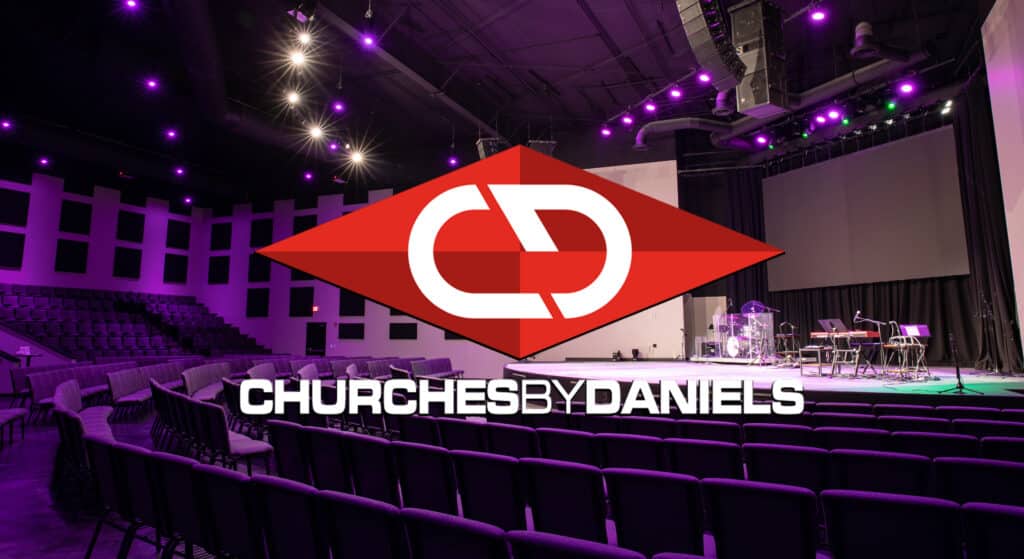The church building committee will be essential in guiding the church through the often complex process of architectural design and construction.
As such, it’s absolutely vital to make sure that you follow the right process and select the right people for the job in order to avoid a dysfunctional group that squabbles, can’t come to agreements, isn’t committed, and doesn’t accurately represent the needs of your congregation as a whole.
- Find the Right Leader
Without a good leader, your project will fall apart before it ever truly gets started. In some cases, the pastor may choose to be the committee leader, but ideally it will be someone else who can help alleviate some of the pressures that are on a senior pastor.
This person must be able to handle being the face of the building committee, someone who is respected with strong leadership skills, cares deeply about your church and exhibits all your church’s values. This person will have the ability to move things forward and will not allow the process to get bogged down needlessly.
This person should be mature, not just in their knowledge of the church and their responsibilities, but also in their faith. They must be able to put the church’s needs above their own personal wishes in order to properly guide and instruct the committee to complete their tasks and to realize God’s vision.
A good leader won’t sow discontent, but rather will seek to bring out the best in each and every one of your committee members.
- Give the Committee a Defined Objective
While your pastor and ministry leadership team may spearhead your church building or remodel endeavor, it shouldn’t be left solely to them to communicate with the professionals designing and constructing the church. It is important that your congregation has a voice in the process and that they feel their needs will be met in the new church building.
The church building body should certainly be informed about key information throughout the process, but the building of your new facility will run much more smoothly if you designate a specific group of members to serve on a church building committee.
Each committee member should also understand that their end objective is to not only come up with a plan and design a facility but to actually get something built. A facility needs assessment is an important first step in gathering the objective information about your space needs that can help you rally support for the vision.
In the case of an existing facility, an assessment can help identify deficiencies and opportunities for improvement through a remodel or refresh. For organizations planning to relocate, an assessment can help to ensure that a new building site is a suitable location that aligns with your needs.
Your committee objective or mission will also determine the structure of your committee, which will vary based on the size and complexity of your project. For example, a large-scale project may have many subcommittees within the building committee for specific objectives, such as design, finance, land acquisition/real estate, construction, etc. A smaller scale building project or remodel may be comprised of 8 to 12 people with no subcommittees.
In order to know how to properly form your committee, you’ll first want to clearly define the size and scope of the church you’re planning on building.
- Select People of Diverse Experience and Ages
Most churches have members or attendees that can bring professional experience that directly applies to the project, including real estate, interior and architectural design, construction experience, financial, etc.
While it may seem wise to ensure that your committee is formed of those who have been around the longest and who have the most experience, less experienced members can also have valuable gifts and skills that are essential and can offer fresh insights without the clutter of “knowing too much.”
Avoid filling out the committee with folks from only one demographic age group. Bring in the perspectives of some younger people who will offer different thoughts and ideas that might be viewed as important to others within their generation. Younger people will likely have children and will offer more relevant perspectives on the needs of this key family demographic that is essential for church growth.
It is also important to take into consideration all who feel called to serve on the committee, as they may have the gifts or talents needed to bring your God-given vision to life.
- Select People Who Are Deeply Committed and Have a Collaborative Spirit
Every member of your church likely cares about its mission and vision. However, there are some members who are much more involved and deeply committed to helping the church however they can, furthering God’s mission and purpose, and who truly strive to exhibit these virtues in everything they do.
You’ll want to select members who you know won’t just sit quietly by in meetings or who won’t abandon tasks. You want to select church members who will give their all to the church building committee, who feel truly called to it, and who recognize the honor and responsibility that comes with such a position.
Choose people that work well with others and who will follow through, as the design and construction process requires a highly collaborative team spirit. This also implies getting folks involved who will are open minded towards different ways of accomplishing things.
- Ensure Linkage to Church Leadership
Once the committee is ready to go, make sure that there is a good established linkage to leadership. Committees who “float out there” without a good tie-in to the directional future for the church will tend to meander in the wilderness and not be able to accomplish that objective to tie ministry to a facility that meets the functional needs.
The preliminary design 3-day charrette process is an ideal time to establish this linkage early on between ministry leadership and the church building committee as well as to forge relationships with the architect and general contractor.
The charrette is a highly collaborative process that can serve to unify a group of individuals that typically come in with several different ideas for design direction and this is crucial to the success of the building project.
If your church is planning a construction or renovation project, there are a number of critical decisions to be made, and one of the most important is assembling the right building committee.
This article is courtesy of Building God’s Way (BGW), whose mission is to build God’s Kingdom by translating the God-given vision of Christian organizations through innovative, stewardship-driven design, www.bgwservices.com.












